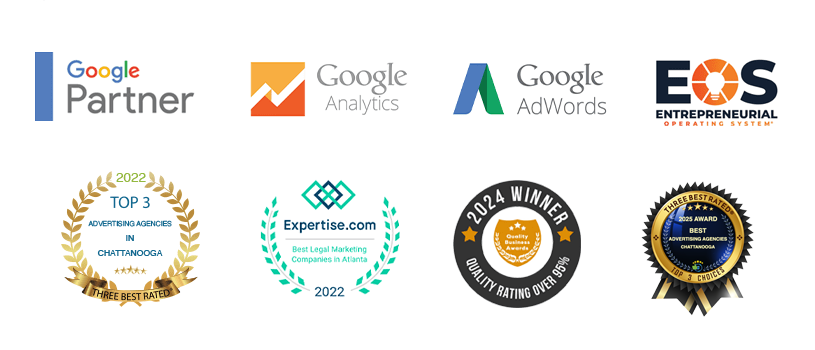Did you know that people spend 3x longer watching live videos that they do watching pre-recorded videos? Boost sales with live streaming on Facebook and Instagram. Going live is a great way for marketing your business online and promoting your brand’s awareness. Whether it be a new product launch or a surprise sale, people love to shop with you online!
Boost Sales With Live Streaming
Let’s say your business sells something other than clothing or accessories. If you sell electronics or musical instruments, your audience will more than likely need an in-depth tutorial on how to use the product. This is a great time to do a deep dive into the functionalities on your item of choice. By doing this, your customer also has the opportunity to ask questions on your live- further enhancing your engagement rate.
Other Ways To Promote Live Streaming
Going live doesn’t always have to be about sales. Let’s continue with the idea that you sell guitars. Go live and show your customers how to nail the perfect guitar riff that can be difficult for some. When you take the time to educate your customers, instead of just selling to them, they take notice!
The concept of live streaming on social media can also be used for events. Maybe you have a wedding venue or are a wedding planner. Live streaming a behind the scenes look of an actual wedding day can be very beneficial to your business.
Remember, just because these videos are “live” doesn’t mean that you can’t use them as marketing materials in the future. You can download and save your live and use snippets of your film in the future. A win-win!
How to go live on your mobile device on Facebook: Click here.
Need further help promoting your business? We build stronger brands. Click here to contact us today!
























